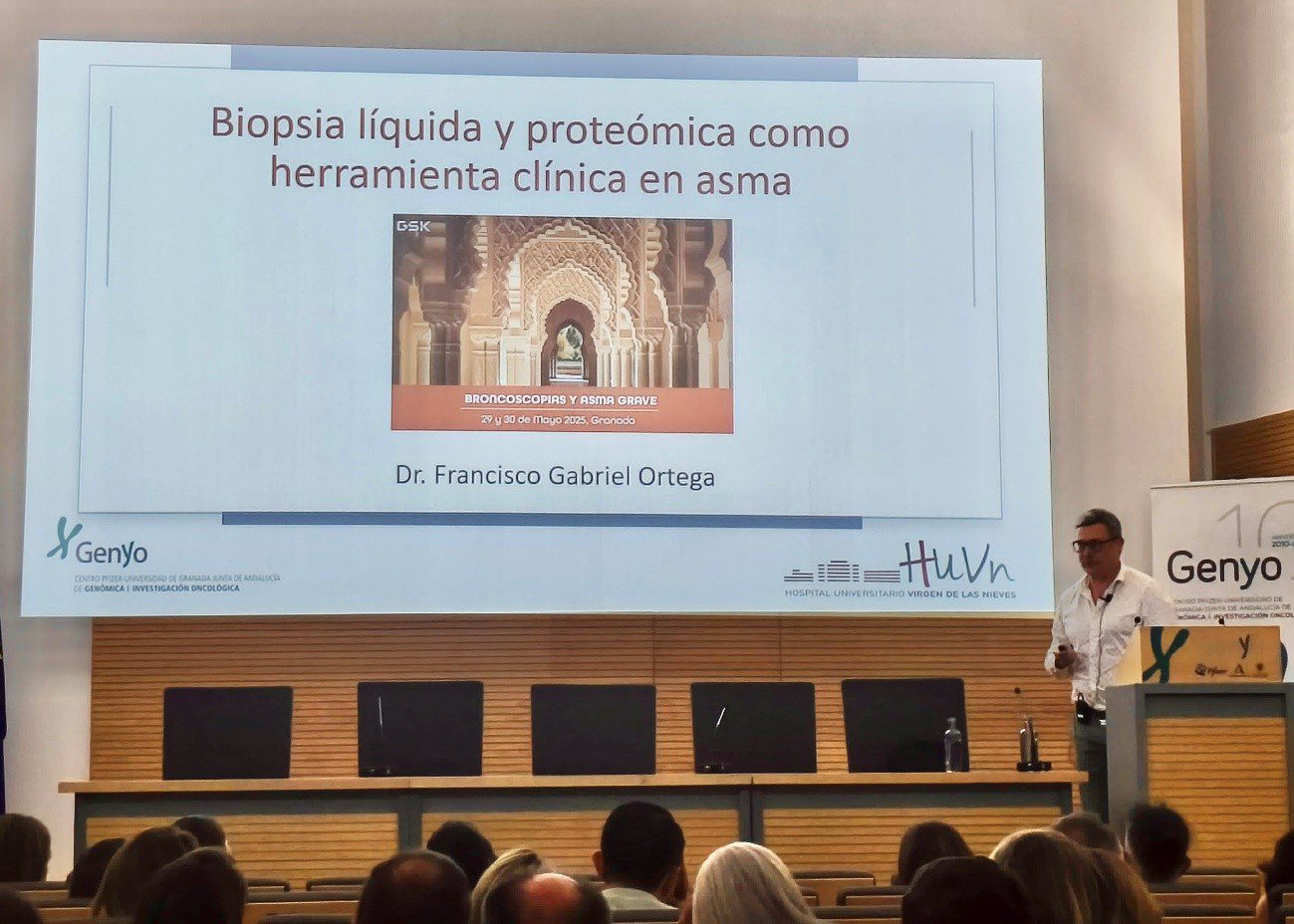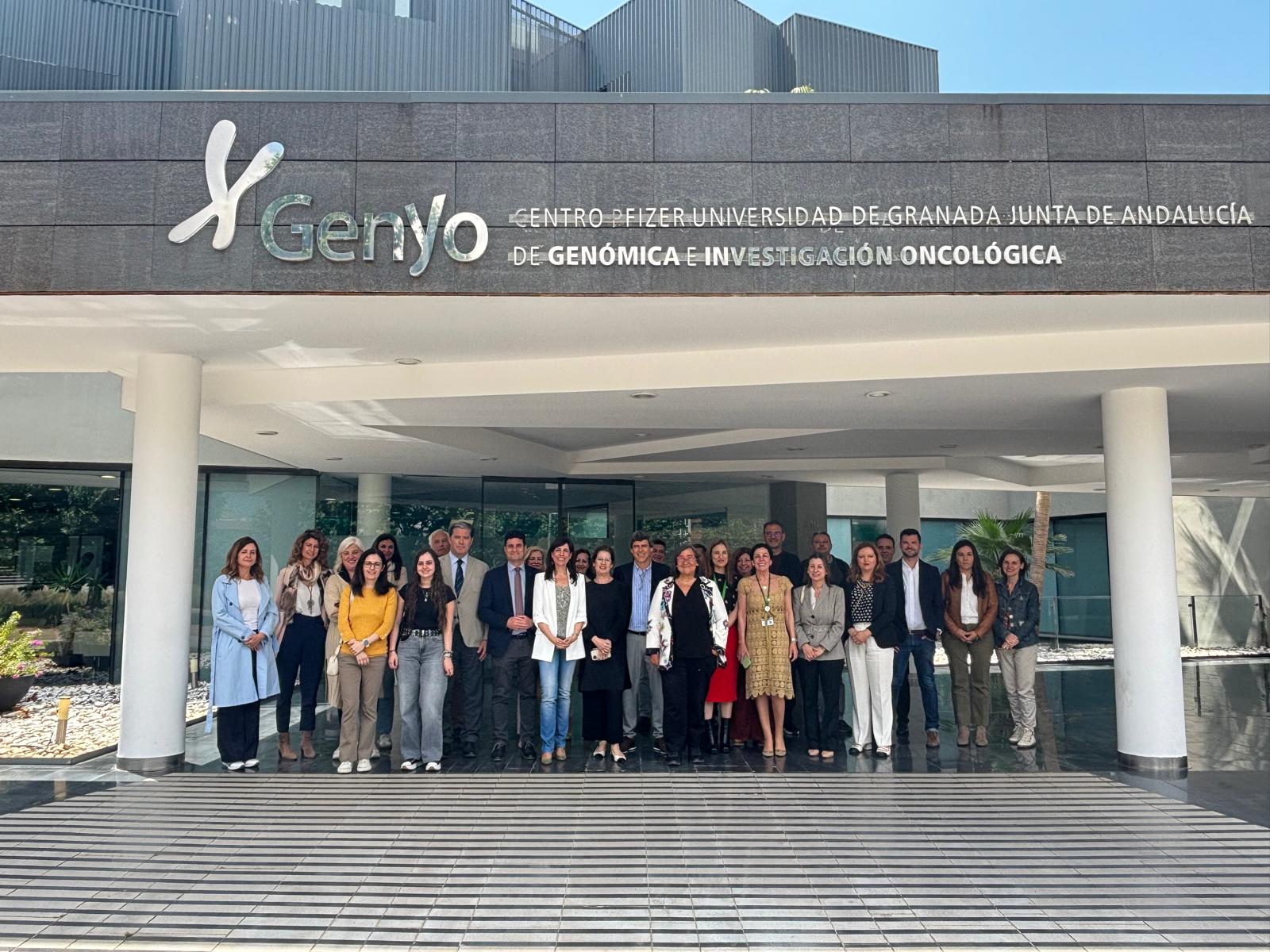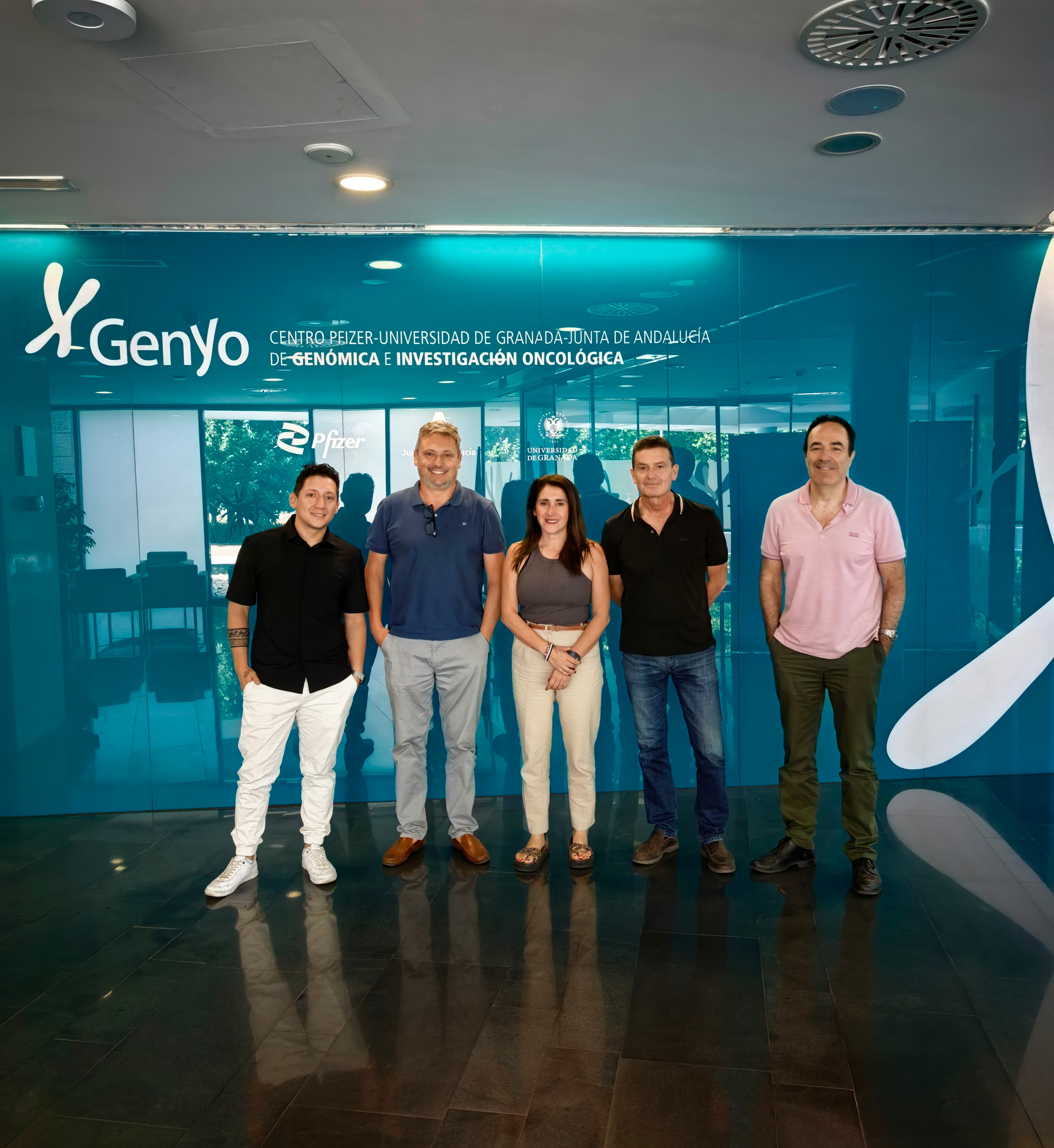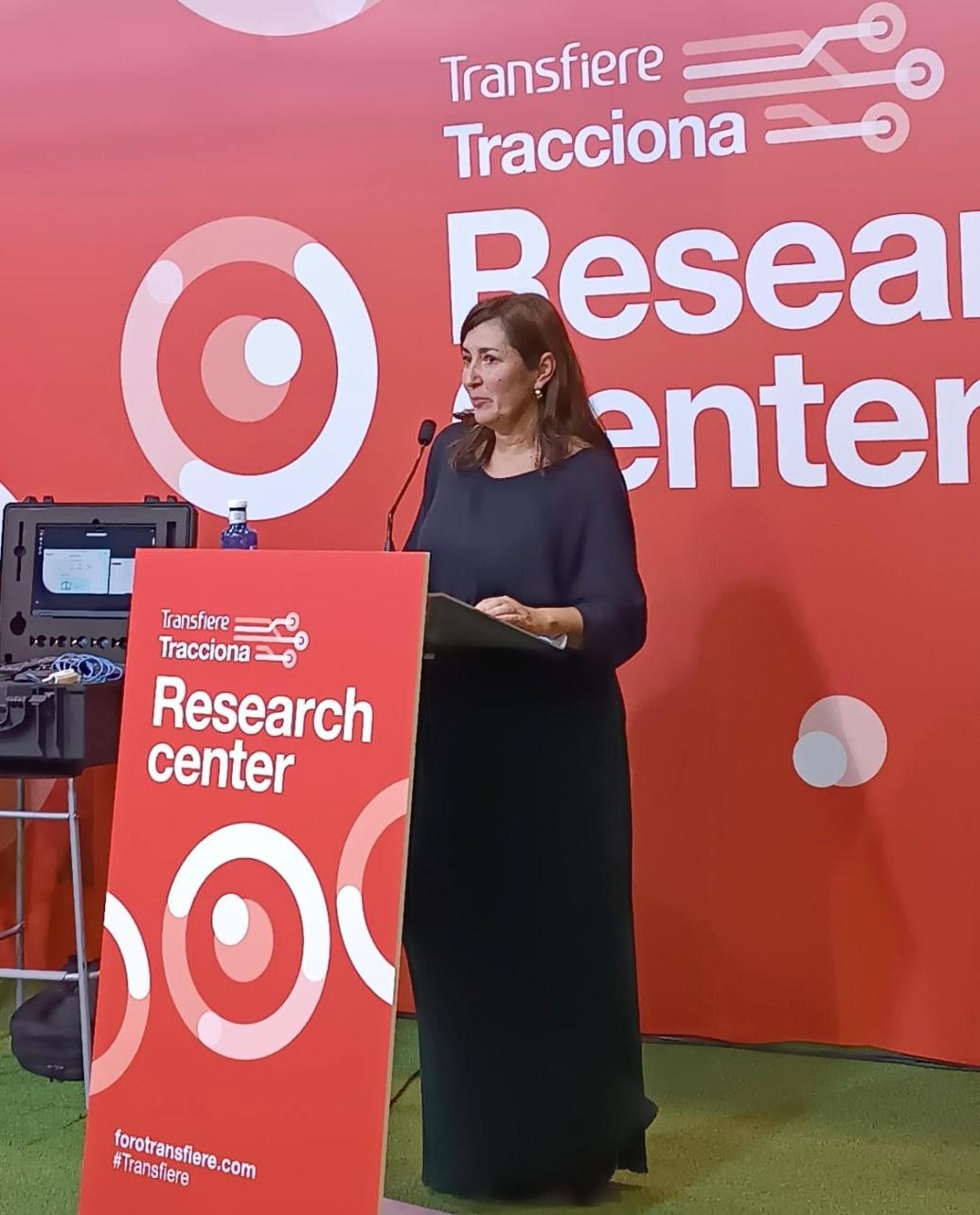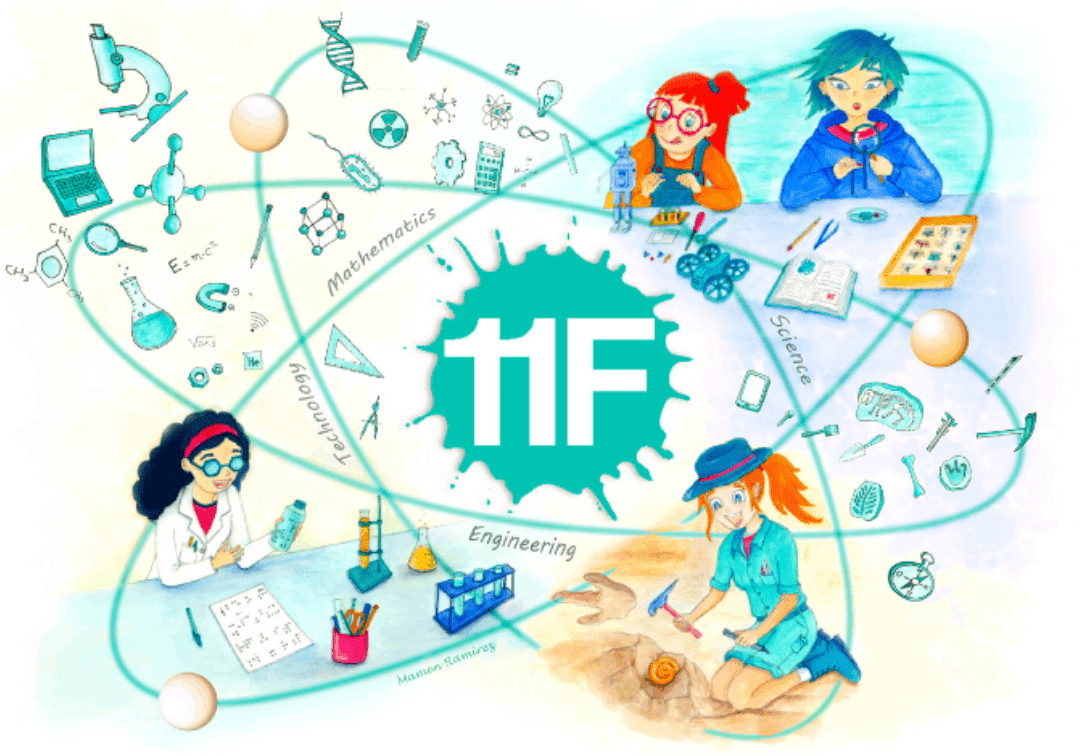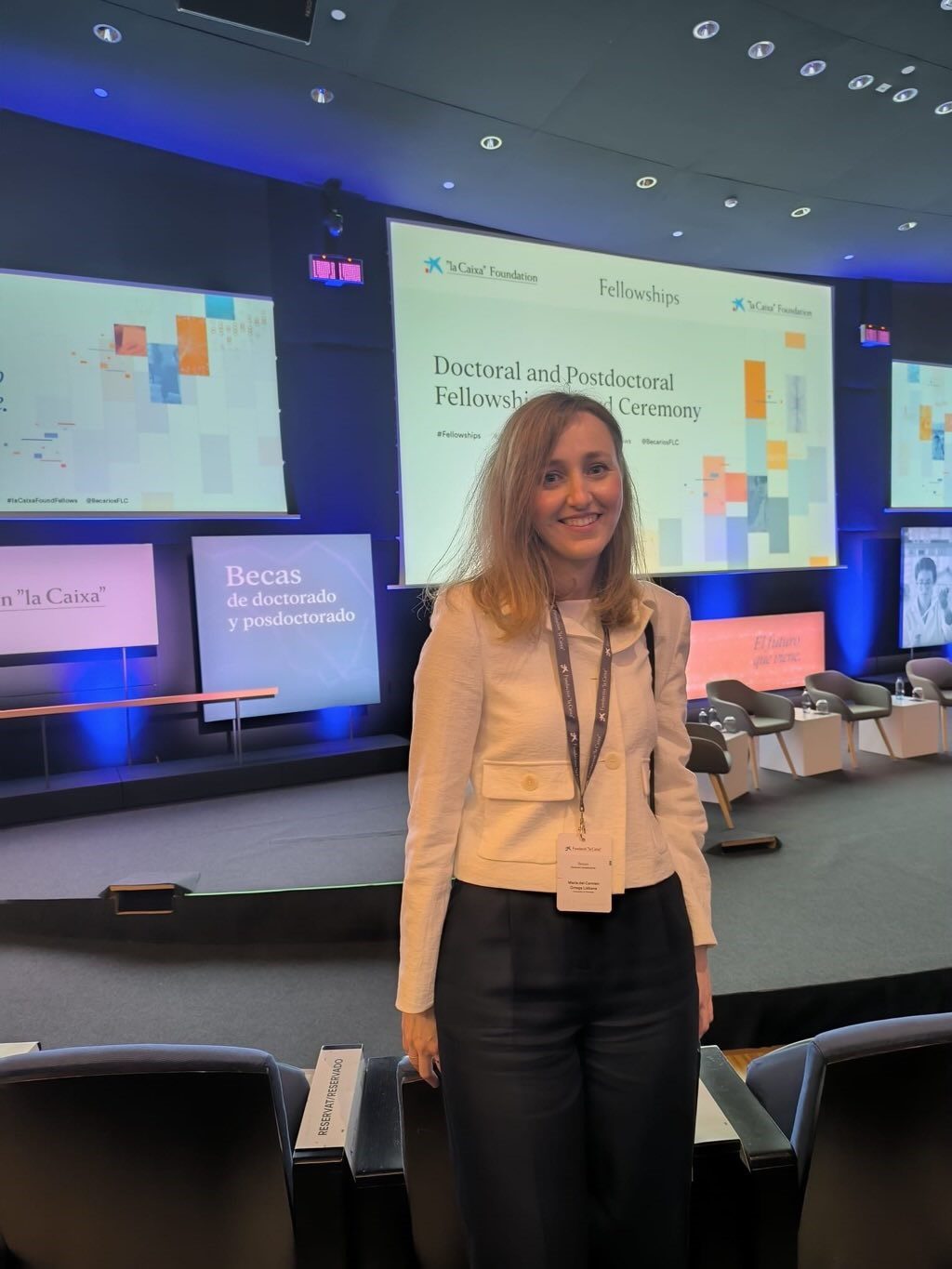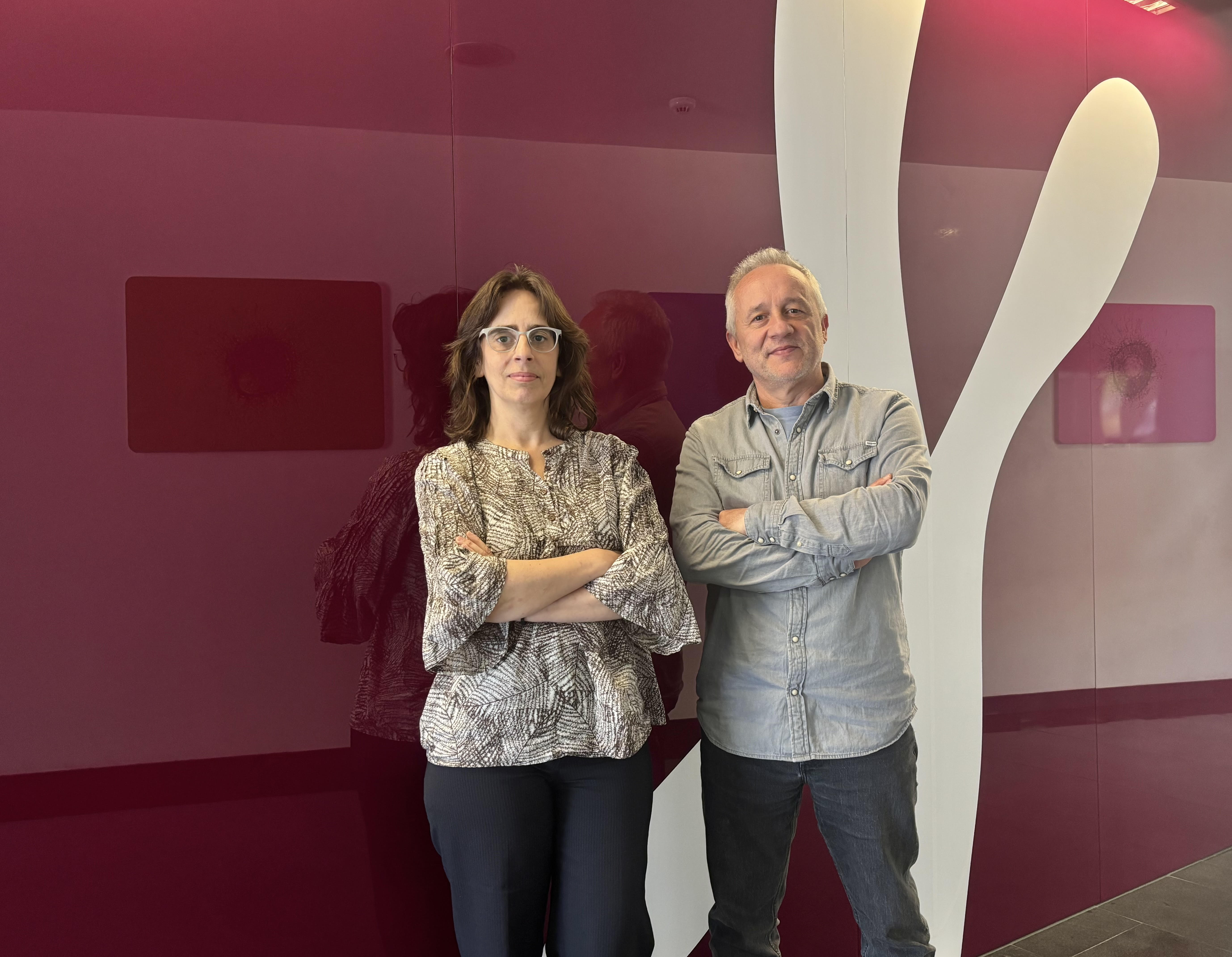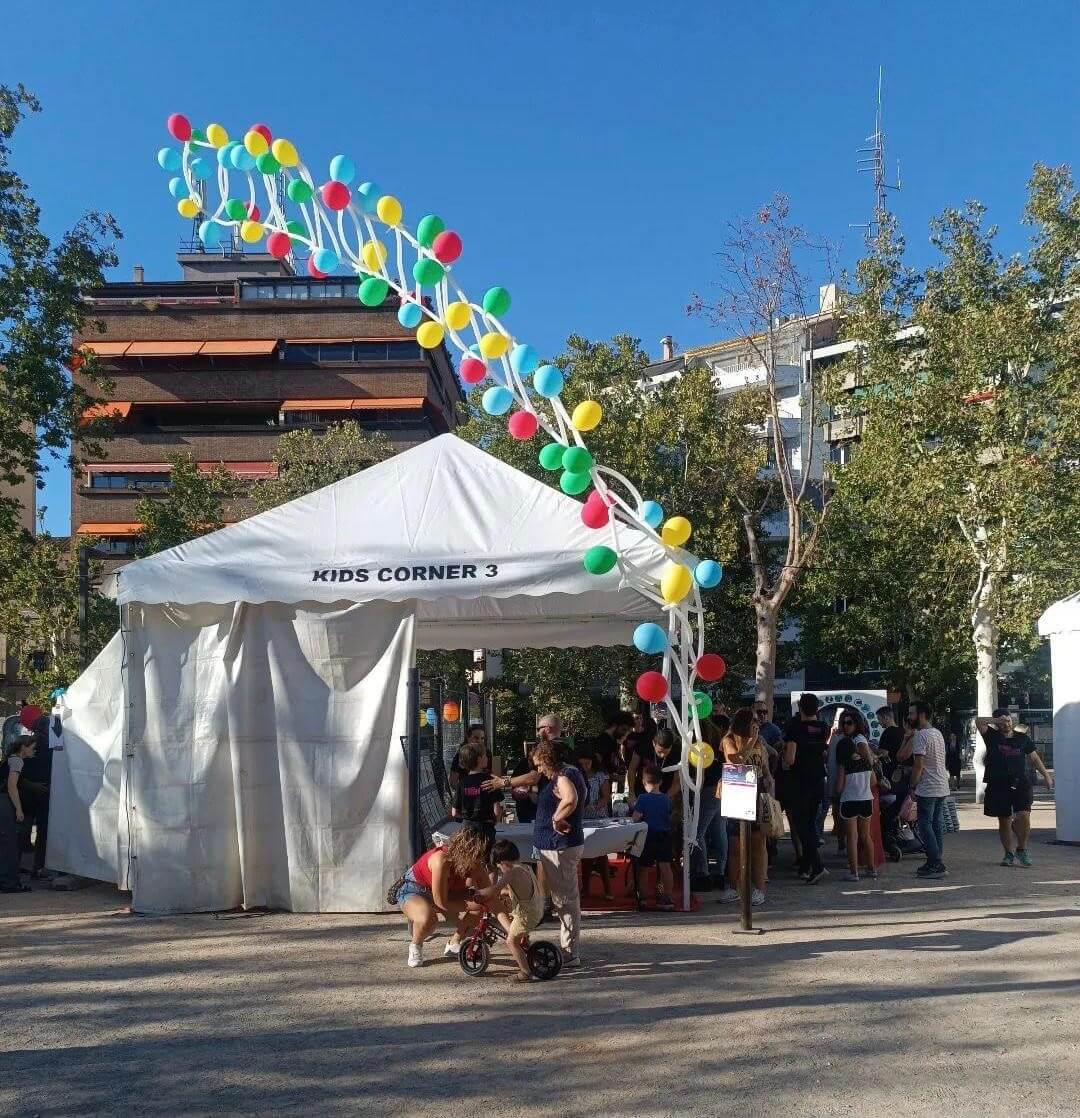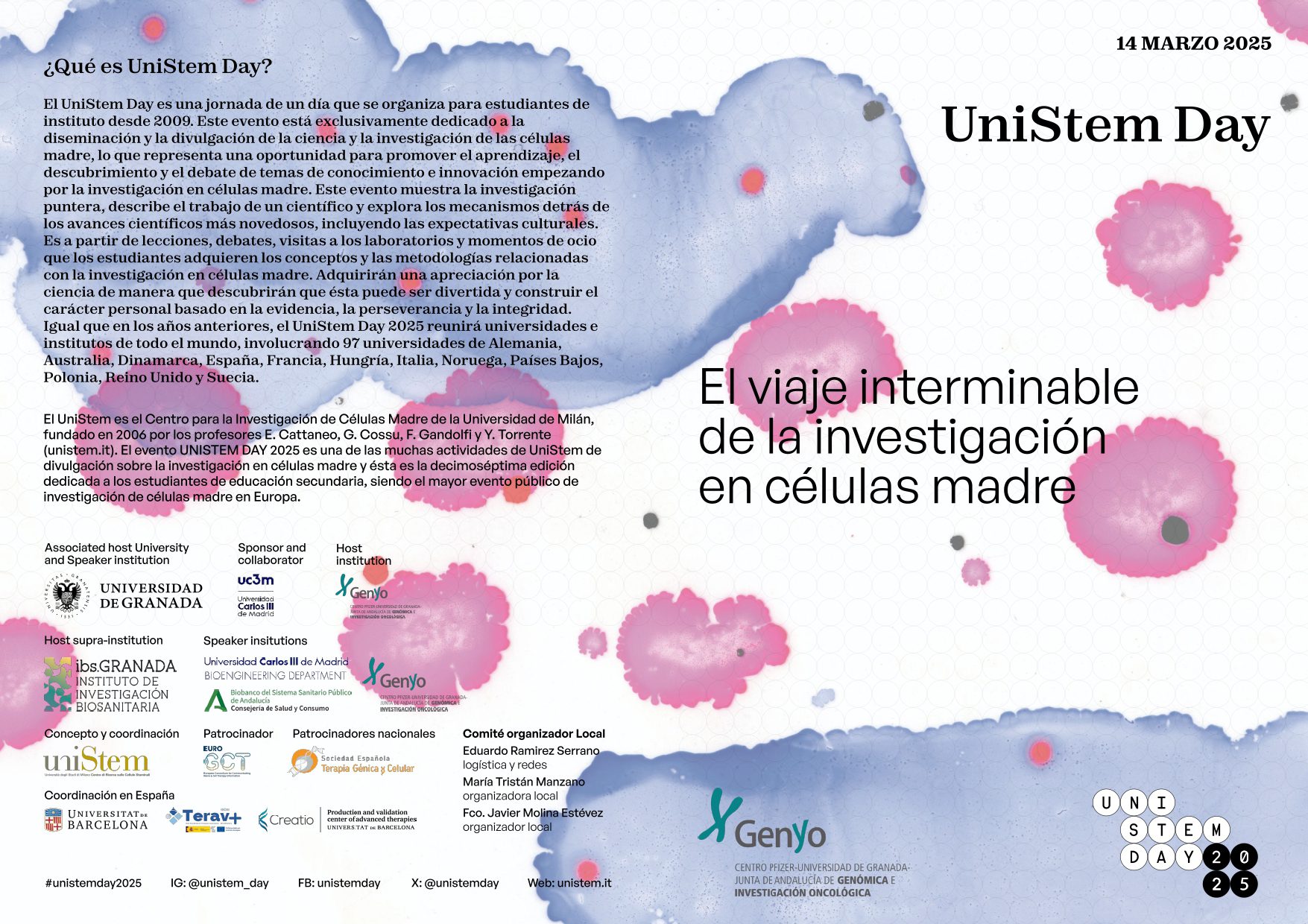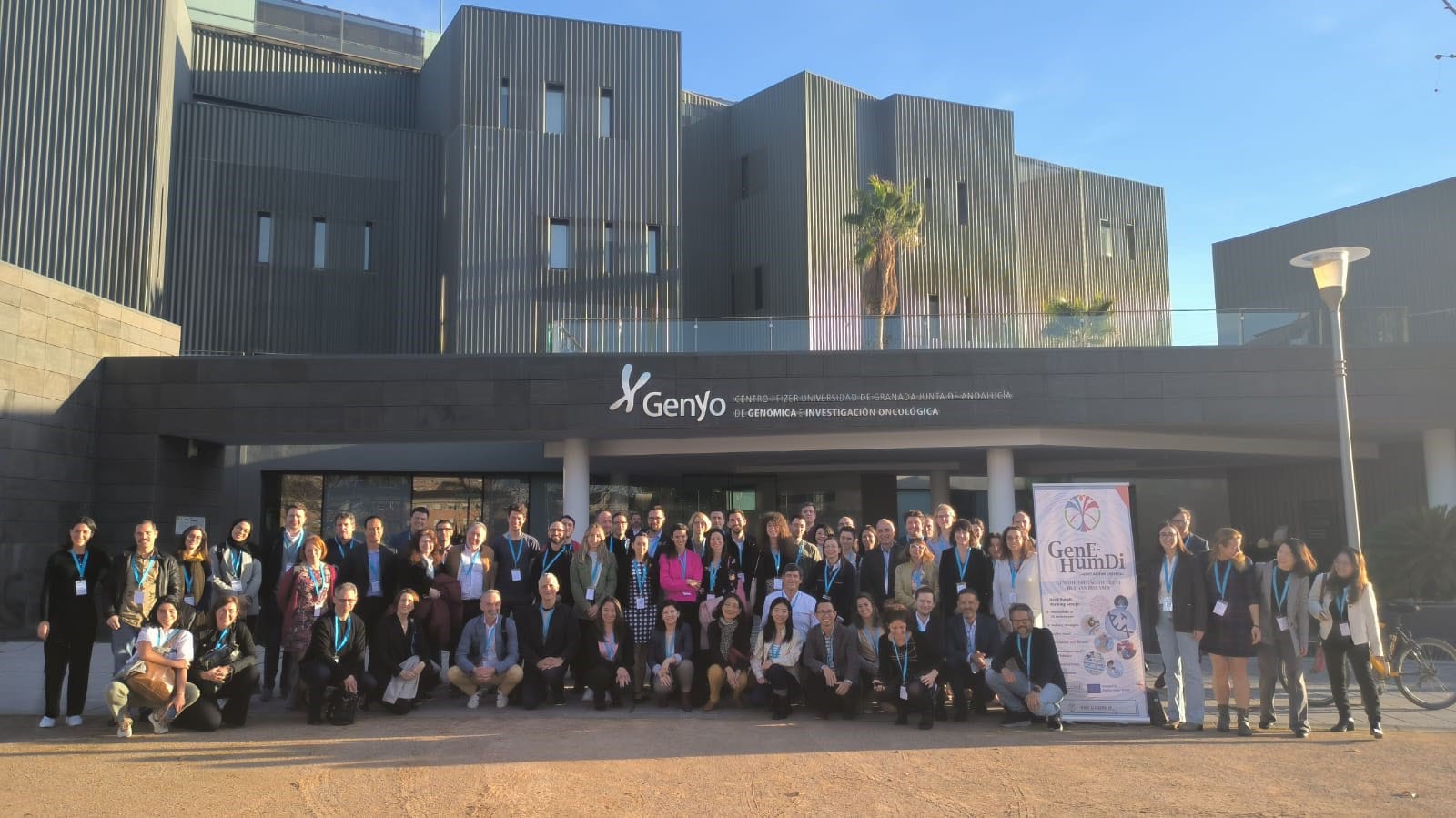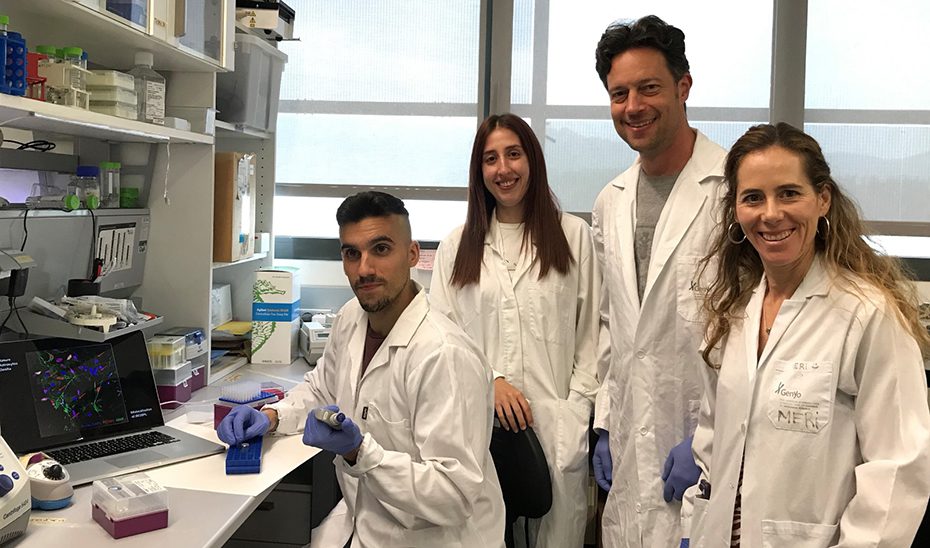
There are no projects in the garbage can.
The GENyO Center hosted the “Broncoscopias y Asma Grave” Conference, a high-level event that addressed the latest advances in diagnosis, research and treatment of severe asthma.
This scientific meeting brought together more than 50 pulmonologists and healthcare professionals from different parts of Spain. The event was hosted at the Pfizer-University of Granada-Junta de Andalucía Center for Genomics and Oncology Research (GENYO) and the Virgen de las Nieves University Hospital.
Dr. Concepción Morales García and Dr. Francisco Gabriel Ortega Sánchez, members of the GENyO center and the Pneumology Unit of the Hospital Virgen de las Nieves, participated in the organization.
This conference, focused on advanced diagnosis, translational research and clinical management of severe asthma, was attended by leading experts in pneumology, pathological anatomy and clinical research. The program included scientific presentations, laboratory visits, discussion sessions, as well as the presentation of innovative projects in the field of asthma, all led by Dr. Morales and Dr. Ortega belonging to the research group led by José Antonio Salcedo.
On the first day, held in the GENyO Center’s auditorium, research on liquid biopsy, proteomics and asthma phenotyping was presented. In addition, the attendees had the opportunity to visit the facilities where this research is being carried out. The second day took place at the Hospital Universitario Virgen de las Nieves and focused on clinical and diagnostic aspects, such as bronchoscopy, the use of artificial intelligence in the evaluation of biopsies and advances in targeted therapies.
The event was very positively valued by the attendees, who highlighted the high scientific level of the program, the quality of the speakers and the multidisciplinary approach of the sessions.
This conference reflects the commitment of the scientific and medical community to improve the approach to severe asthma, a chronic disease that significantly affects the quality of life of patients and represents a major clinical challenge.
See more news


